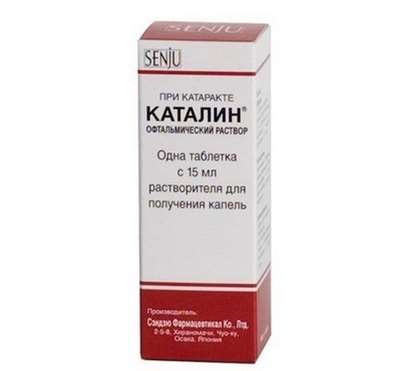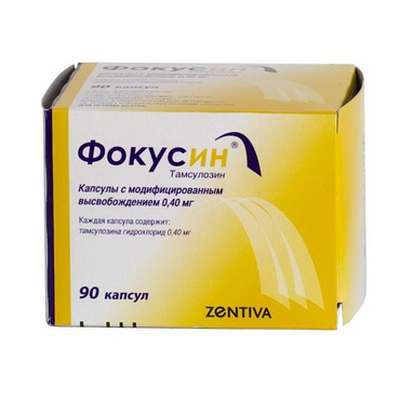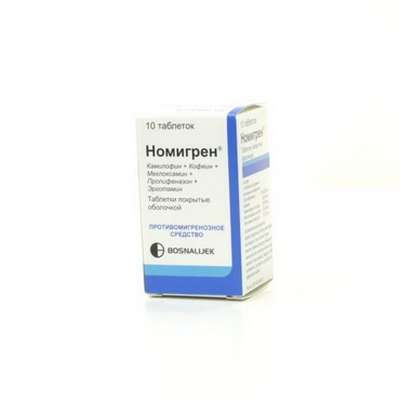Glutathione - Active Substances. Instruction and Application, Dosage
23 Dec 2016
Name: Glutathione

The Latin name of the substance Glutathione
Glutathionum (genus. Glutathioni)
Formula - C10H17N3O6S
Therapeutic agents of Glutathione: antihypoxantsand antioxidants
Antihypoxants(hypoxen, Actovegin et al.) - Drugs that improve the utilization of oxygen by the body and reduce the need for it (increasing resistance to hypoxia) of organs and tissues. The undoubted role in the fight against hypoxia belongs antioxidants (vitamin the E, butylhydroxytoluene, probucol, ascorbic acid, rutin, and others.). Activation of free radical processes and peroxidation accompanies many diseases: atherosclerosis and thrombus complications (heart attack, stroke), diabetes mellitus, chronic nonspecific lung disease, reduced cellular and humoral immunity and OE, and antioxidants are essential components of a comprehensive therapy. Free-radical processes are normalized by reduction of free radicals in a stable molecular form (not able to participate in autoxidation chain). Antioxidants or free radical linked directly (direct antioxidants), or stimulate the body's antioxidant system (indirect antioxidants). You can buy Gliatilin.
CAS code - 70-18-8
Drug Interactions (active substances) - Glutathione
Glutathione + Calcium pantothenate
Avoid joint use of glutathione with calcium pantothenate.
Glutathione + Menadione sodium bisulfite
Avoid joint use of glutathione with menadione sodium bisulfite.
Glutathione + Cyanocobalamin
Avoid joint use of glutathione with cyanocobalamin.
Trading names of drugs with working substance GlutathioneTrade Name
Glation
Storage conditions of Glutathione
In a dry, dark place at a temperature of 15-25 ° C.
Keep out of the reach of children.
The shelf life of Glutathione
2 years.
Do not use beyond the expiration date printed on the package.

 Cart
Cart





